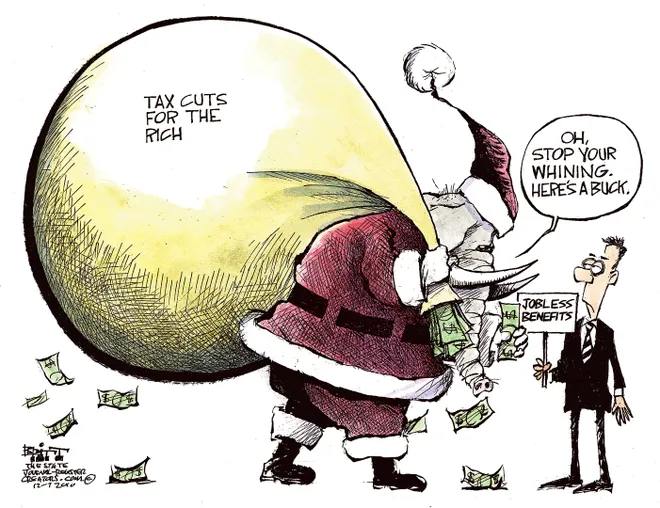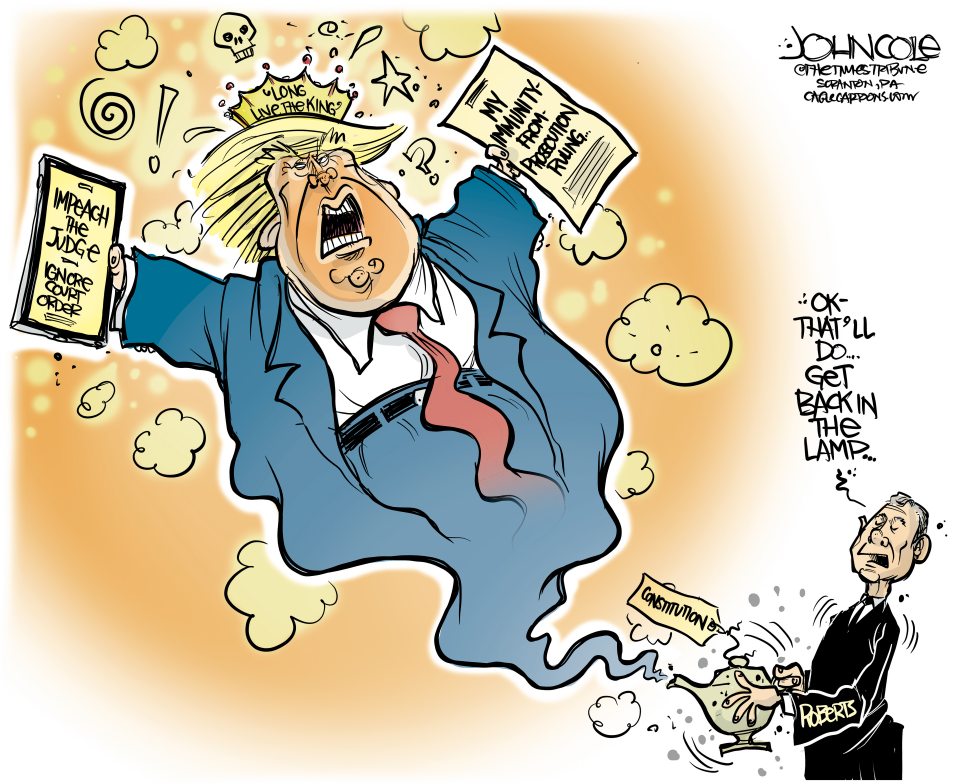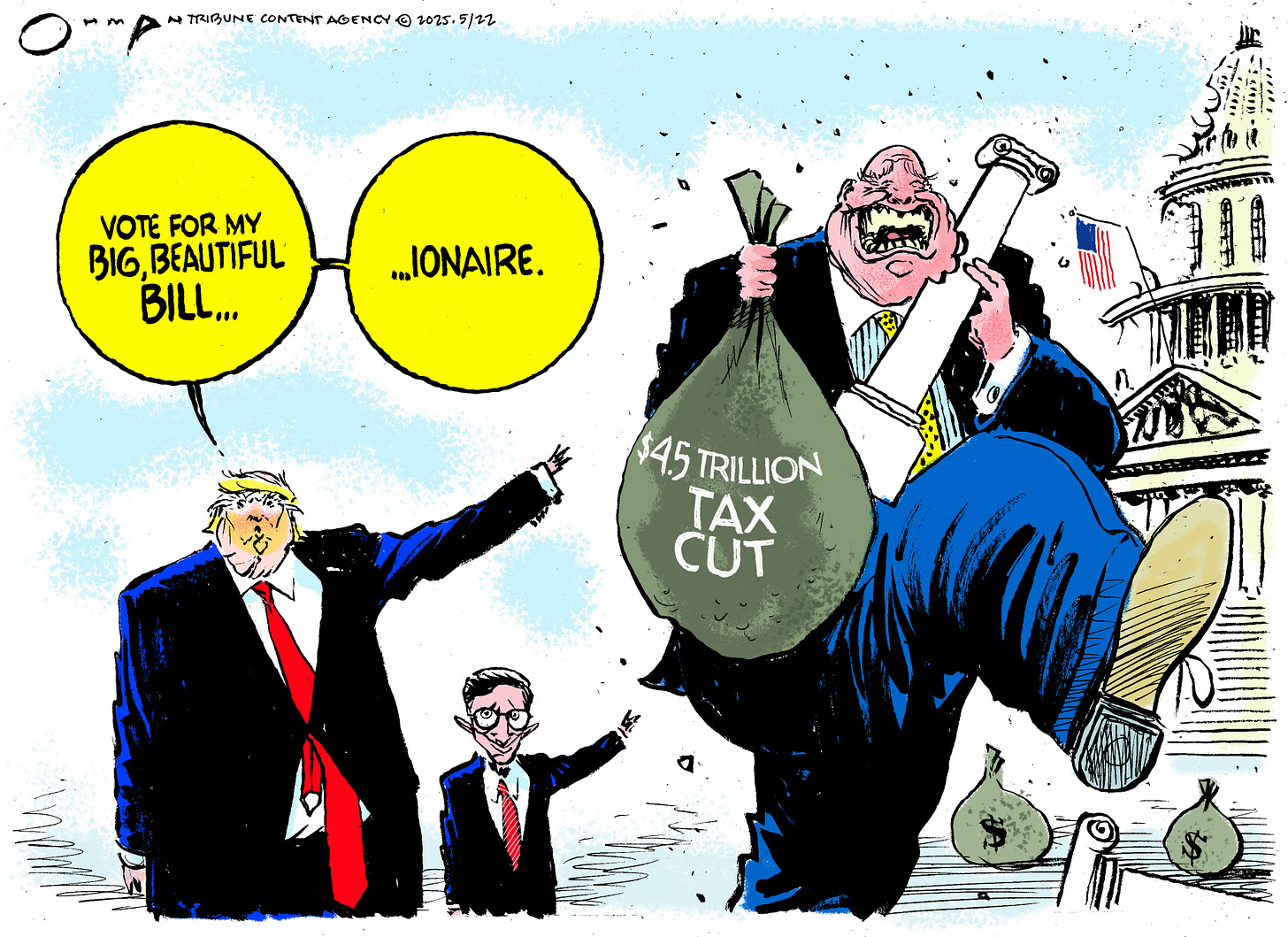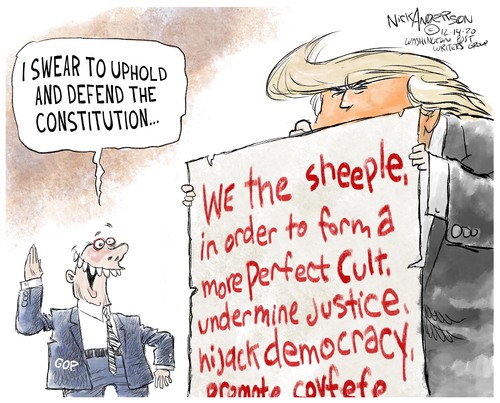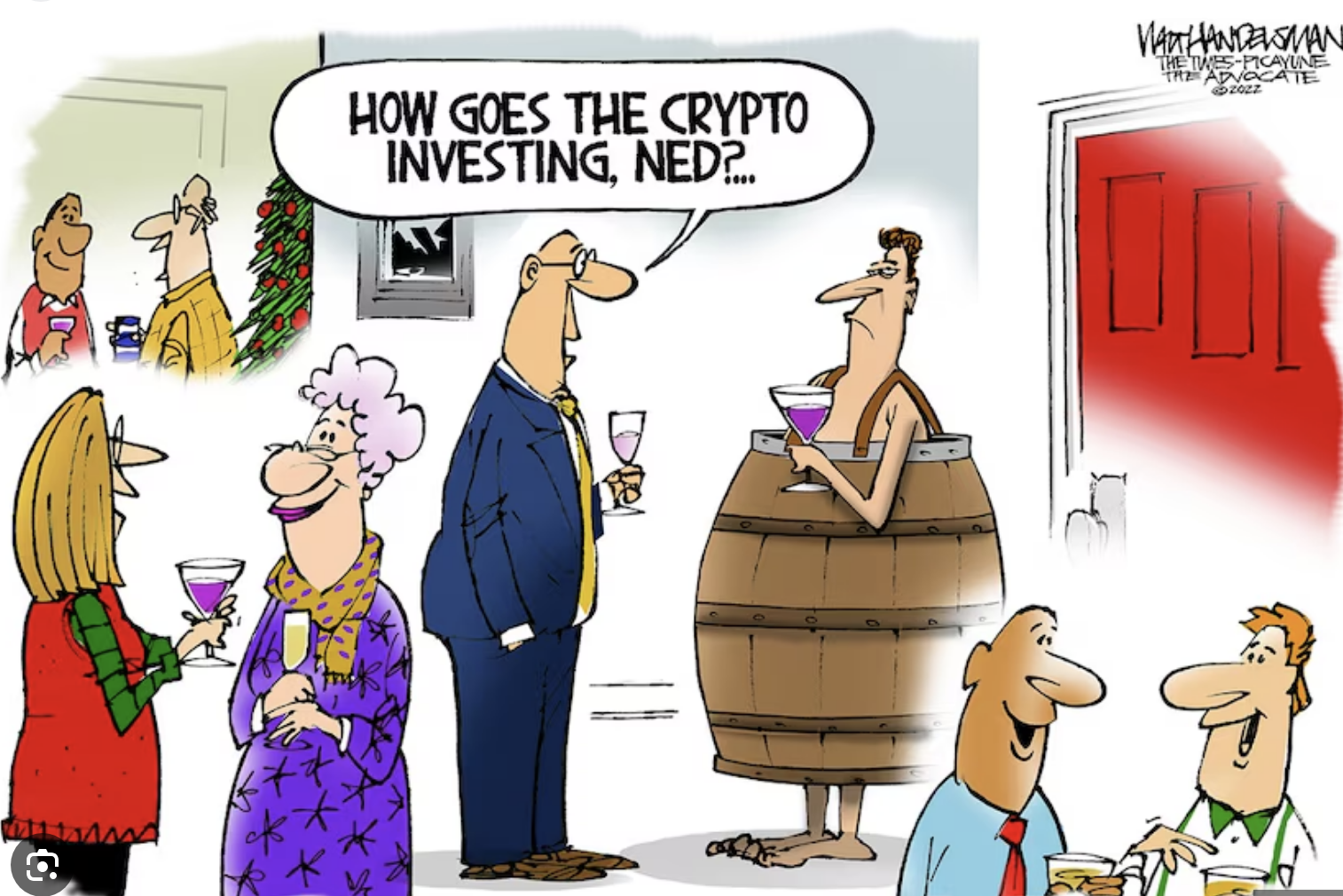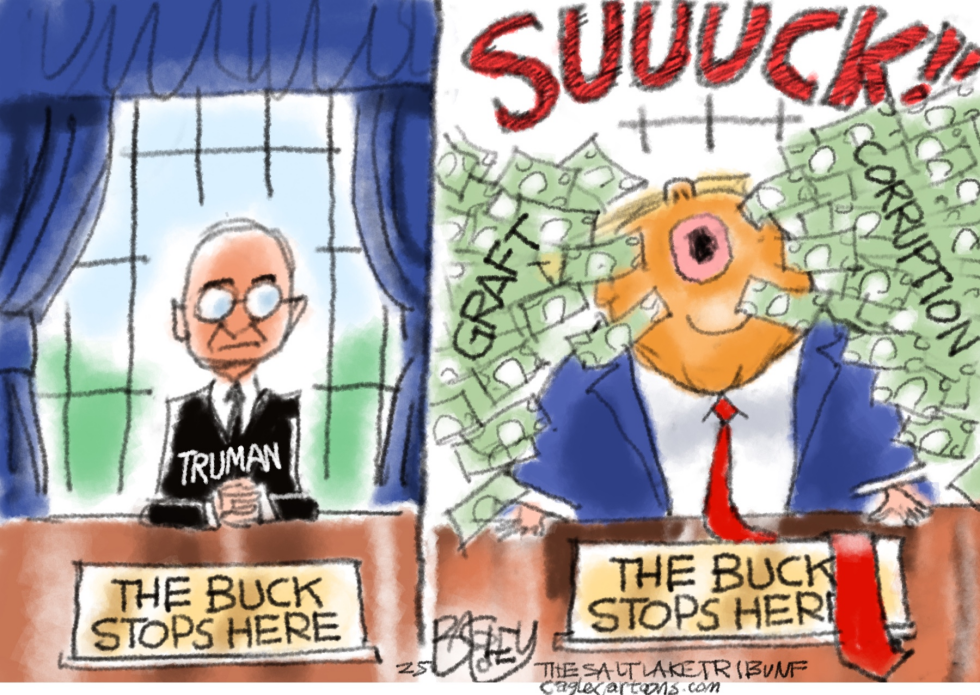byRob C.
So here we are—paying our taxes like good little citizens, watching potholes swallow our cars whole, bridges crumble into rivers, and our healthcare bills arrive with more drama than a season finale of Breaking Bad. And yet, somehow, America is still the “greatest country in the world,” right? Sure. If you’re a billionaire.
Let’s just be honest about something nobody in Congress wants to say out loud: We pay a lot in taxes. And we get almost nothing for it.
Why? Because the game is rigged—and the billionaire class has been cheating since disco was cool. Possibly forever. But hey, who’s counting? (Answer: not the IRS, apparently, since they’ve been too underfunded to audit the rich for years.)
The Great American Giveaway
Every year, average Americans like you and me dutifully fork over our tax dollars—money that could go toward, oh I don’t know, functioning schools, drivable roads, healthcare that doesn’t require a GoFundMe, and college degrees that don’t feel like a 30-year mortgage.
But instead, what do we get?
– Crumbling infrastructure.
– A healthcare system that’s basically a roulette wheel with a $10,000 copay.
– A student debt crisis so bad we might as well hand diplomas out with foreclosure notices.
– Teachers buying classroom supplies from Dollar Tree.
– And oh yeah, billionaires launching themselves into space because paying taxes is for suckers.
Meanwhile, the top 1%—those titans of “merit”—are dodging $500 billion in taxes every single year. That’s half a trillion dollars. Enough to fund universal pre-K, rebuild every bridge in America, fix Flint’s water, and still have change left over to buy Congress a conscience (well, maybe not that last one).
Wealth ≠ Merit (Shocking, I Know)
Let’s kill this myth once and for all: Income inequality is not the result of a merit-based system. It’s the result of a corruption-based system. The people who’ve been winning the game for the last 50 years wrote the rules, rigged the scoreboard, and now own the referee.
They tell us to “tighten our belts” while they deduct their private jets. They say, “We can’t afford universal healthcare,” while they stash trillions in offshore accounts. And they have the audacity to call it capitalism—as if there’s a free market involved when billionaires are writing tax policy through lobbyists and PACs.
This isn’t capitalism. It’s plutocracy cosplay wrapped in a flag, sponsored by Goldman Sachs.
Compare and Despair
Meanwhile, in other developed countries—you know, the ones without dreams of corporate feudalism—people get:
– Free or low-cost healthcare without having to marry their job.
– Affordable college education that doesn’t turn them into indentured servants.
– Subsidized childcare, parental leave, pensions, housing, and transit that actually runs on time.
– And… wait for it—happiness. The top spots on the World Happiness Index consistently go to countries that tax their rich and provide for their people. Wild concept, I know.
In the United States, our happiness comes in the form of “thoughts and prayers,” broken dreams, and coupons for a free side of fries with our insulin.
The National Debt? Try the National Heist.
We’re constantly told that we need to be concerned about the national debt. We need to “cut spending” (translation: gut services for the poor), “raise the retirement age” (translation: die at your desk), and “be fiscally responsible” (translation: shut up and keep paying).
But here’s a fun thought experiment: if the top 1% has dodged $500 billion a year in taxes for decades… and you add that up… it starts to look a whole lot like our national debt.
So let me get this straight—we’re being saddled with interest payments on money we never even got to use, because billionaires couldn’t bear the thought of giving up a fourth vacation home or—God forbid—a yacht with fewer than 3 helipads?
The Joke’s On Us—And It’s Not Funny Anymore
We are being played. Gaslit. Swindled. Shaken down by a class of elites who convince us that billionaires are “job creators,” taxes are evil, and that government should be small enough to drown in a bathtub—except when it’s writing billion-dollar checks to Lockheed Martin or ExxonMobil.
And through it all, we’re supposed to be grateful. Proud, even. Patriotic in our poverty. But here’s the real red, white, and blue truth:
Until we tax the rich, shut the loopholes, and stop worshipping billionaires like they’re gods instead of parasites, we’ll keep getting crumbs while they feast.
So yes—we pay high taxes.
No—we don’t get what we deserve.
And yes—we’re the suckers at the table while the rich count their winnings and sip champagne made from our broken infrastructure.
But we don’t have to keep playing by their rules.
It’s time we flipped the table.
Art by Chris Britt
